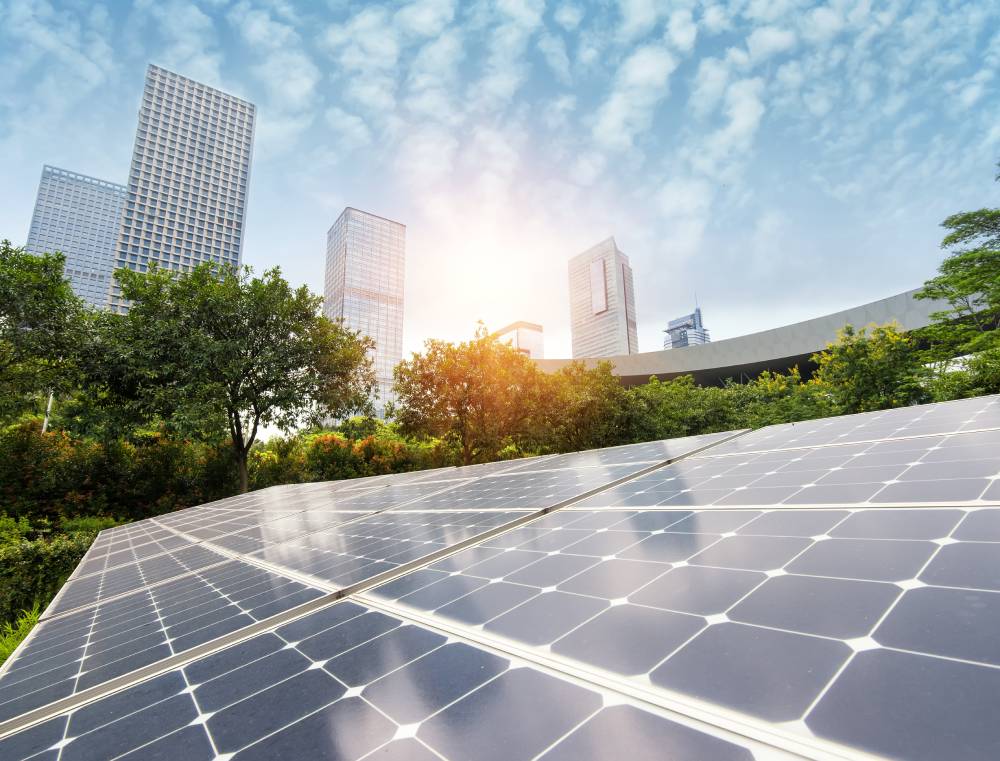
In 2023, Pew Research Center polled 10,329 Americans seeking insights into what society thinks about Rapid Energy Transition (RET) and replacing our carbon-based energy system with a renewables-based system. While Pew’s big takeaway was that “Majorities of Americans prioritize Renewable Energy, Back Steps to Address Climate Change,” the details indicate something a little different. Some specifics:
- 89% support efforts to reduce and/or capture carbon emissions.
- 76% favor tax credits for carbon capture technology development.
- 74% of Americans support participation in international efforts to reduce the effects of climate change.
- 70% support taxing corporations based on their carbon emissions.
- 68% think a mix of fossil fuels and renewables should power the future.
- 67% of Americans prioritize development of renewable energy (e.g., wind, solar, hydrogen) over increasing fossil fuel production.
- 61% favor requiring power plants to eliminate all carbon emissions by 2040.
- People are equally divided on requiring new buildings to run on only electricity (no new natural gas consumers).
- Fewer than 40% favor phasing out gasoline-powered vehicles (down 7% from 2021).
- 31% favor phasing out fossil fuels eventually, but not yet.
The Pew results do show that Americans want an environmentally responsible society, a clean environment, and to address fears of an existential crisis due to global climate change. A closer look, however, points to people’s green ideals weakening when the impact of renewable efforts gets personal. For example, being forced to purchase an electric vehicle instead of the gasoline-powered car that better fits their needs.
Decisions made about our energy future are long-term in nature and will likely have a profound and personal impact on society, and analysis of Pew’s findings suggests there is a disconnect between future personal impact and the carbon-free system many say they want. Food production and everyday consumer products represent two of the more obvious examples of this disconnect:
Food Production
- Land-based food production is dependent on fertilizer on an industrial scale, which provides nitrogen to the soil and enables the efficient food production necessary to feed the US and the world.
- Almost all fertilizer is manufactured from natural gas — no natural gas means no fertilizer, which means less food, skyrocketing food prices, and starvation.
Everyday Consumer Products
- More than 99% of plastics are made from fossil fuels, and there is no practical replacement for the plastics themselves or the fossil fuels required to manufacture plastics.
- Approximately 60% of clothing is made from plastics.
- Cars are 50% plastic by volume (less than 10% of weight)
- Smartphones are 25% plastic.
- Global plastic production has grown from 2 million tonnes in 1950 to 460 million tonnes today, and plastics are required to manufacture or build virtually every product needed by society. Plastic demand continues to grow as an integral part of global population and GDP growth, and human advancement.
- More than 6,000 consumer products are made from materials processed and transported by the midstream industry.

After almost two decades and trillions of dollars of RET effort, petroleum and natural gas consumption in the US are at all-time highs, renewables provide less than 15% of energy needs, nuclear is steady at around 9% of energy production, and coal has dropped from about 23% to about 11% of energy production and will probably continue providing a smaller share of our energy needs in the years ahead. This is because of an immutable fact about energy: we use what we produce.

Even as energy production and consumption have grown, greenhouse gas emissions have fallen. Increasing demand will make reliability a personal issue for consumers if its combined with ongoing policy-driven efforts to restrict use of oil, gas, and other fossil fuels. Electric vehicle mandates, proliferation of the data centers necessary for AI development, and the worldwide push for the improved quality of life that can only come from reliable, affordable energy will expose the limitations of intermittent energy sources and their underdeveloped supply chains.
Thoughtful, environmentally sensitive energy production and distribution are required to meet the demands of society. Absent a balanced approach in planning, many families will suffer rolling brownouts and blackouts.
Thankfully, as the Pew Research Center study indicates, most Americans support an integrated, balanced energy system that can meet future demands. This balanced approach — a combination of fossil fuels and renewable energy sources — is the only approach that engages each of the three critical factors of reliability, affordability, and sustainability — and public policy should reflect this balance of needs and desires.
This essay is the sixth of a planned series from Thomas Kalb, energy expert and Director of the Coastal Bend Midstream Program at Texas A&M University-Corpus Christi, examining issues, policies, and considerations impacting how we produce and use energy.
Let’s Clear the Air has received permission to publish this article on behalf of Thomas J. Kalb.
Share This
